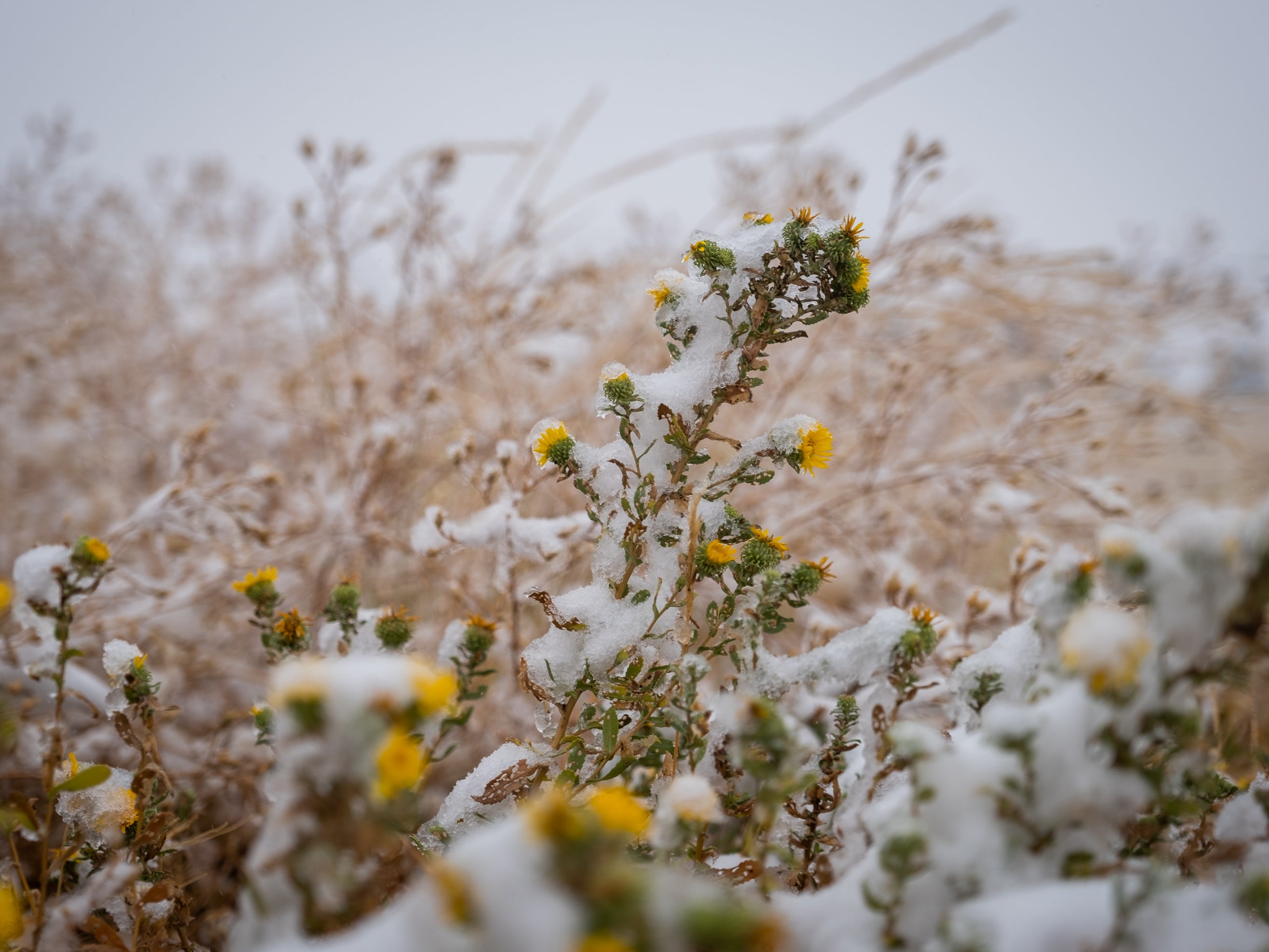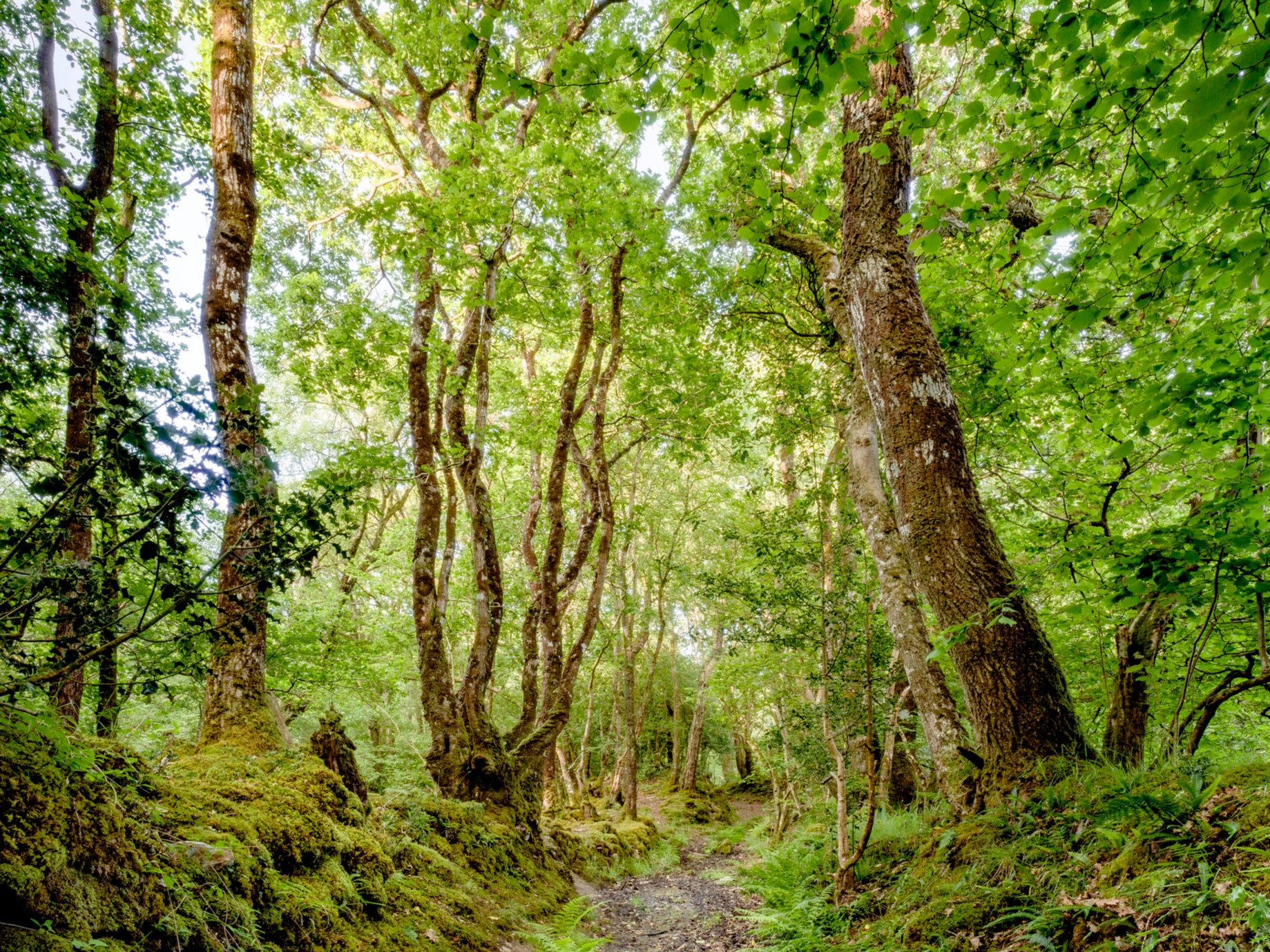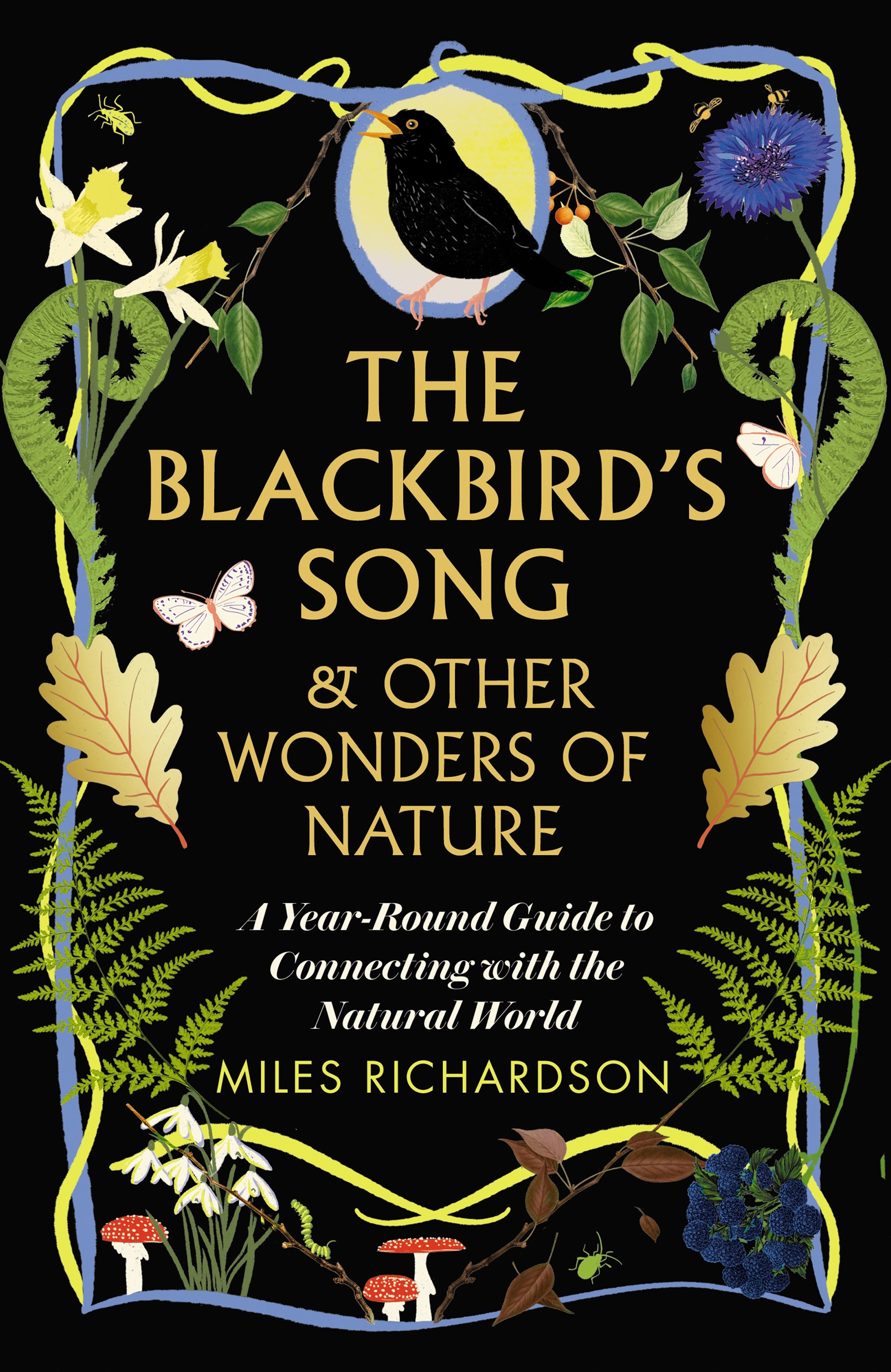
Christmas is a time of togetherness. We meet friends and family, and gifts are exchanged – a festival of relationships in many ways. Today’s winter solstice is a reminder of traditions linked to the natural cycles we’ve become increasingly detached from. It is the day when the sun reaches its lowest point in the sky, bringing the shortest day and the longest night.
Often called Yule, it has been celebrated for millennia across many cultures with gatherings and feasting as people salute the returning light that follows the shortest day. As dawn follows the longest darkness, it is a time of hope and renewal. It provides an opportunity to connect with natural cycles, to celebrate and deepen our relationship with the natural world.
A frost walk
Next time there’s a cold day, don’t snuggle inside. Embrace the opportunity to take a frost walk and engage in a truly invigorating experience.
Your frost walk can be any length you wish, from a wander around the yard to a circuit of the park, or a special trip a little further afield. And then: enjoy! Take a moment to feel the cold air on your face and notice your visible breath. Savour the crunch of crisp grass or fallen leaves under your feet. Note how the frost accentuates the details and beauty of nature. Pause and listen to the stillness.
The science of what happens to us as we step out into the cold is fascinating. The crisp air fills our lungs, stimulating our respiratory system and triggering physiological reactions as the body prepares to maintain our core temperature. The blood vessels in our extremities constrict to prevent heat loss around vital organs. Our sympathetic and parasympathetic nervous systems are at work.
The sympathetic nervous system, which deals with drive and threat, triggers the release of hormones that promote an increased heart rate and a heightened state of alertness.

Simultaneously, the part of the nervous system responsible for promoting a state of rest and relaxation stabilises the sympathetic response, helping to maintain balance and calm in our bodies. Thus, an initial state of heightened preparedness gradually settles into one of tranquillity. Just this little bit of awareness of how our bodies work can help us realise that we are biological beings that respond to the wider landscape.
‘Noticing’ nature
Do you ever find yourself out in nature, but not truly engaging with what’s around you? It’s easy to pass birds and flowers without really seeing them or walk through woodland without paying attention to the trees. We can become so caught up in our own thoughts and conversations that we often miss the sensory gifts that nature has to offer.
Studies show that simply noticing nature – tuning into the sights, sounds, and sensations around us by actively engaging our senses – can bring an important and long-lasting boost to our wellbeing. When we truly notice nature, we transform passive wandering into an immersive experience and something magical happens. We start to appreciate its beauty, find meaning in its existence and feel a positive change in our emotions.
Noticing nature doesn’t have to take time; it is about moments, not minutes. Clearly, moments require time, but whether you are watching the playful antics of squirrels chasing each other in the park, or simply staring at the clouds scudding across the sky, the key is engagement. Good news for short, cold days.

You could take the time to notice nature on a last-minute search for natural additions to your Christmas decorations. A park with trees or woodland is ideal. As you wander, look for fallen bits and pieces that you could add to your tree or use to add a touch of nature to your home.
Of course, only take what you need and don’t disturb hibernating wildlife. Pine cones in a glass vase can make a simple addition to a table and a few twigs wrapped with a little ribbon can form rustic stars. You could make a garland, forming a circle of bendy twigs and then intertwining this with colourful leaves, dry seed pods, pine cones and rose hips, for a touch of red. Let nature inspire you and don’t be afraid to experiment.
Invisible friends
We’ve seen how nature looks after us, flowing through our senses and calming our bodies. Let’s now explore one of our non-sensory relationships, such as the one we have with microbes.
Microbes are our invisible friends. We can’t see, taste, hear or touch them, but they are everywhere, inside us and out. Each one of us consists of half-human and half-microbial cells. It’s a relationship that plays a vital role in our health and very existence.

Visit the most ancient woodland you can easily reach, a place where each step compresses the leaves of a thousand summers. Microbes fill the air and each breath. Wander until the trees suggest a place to stand. For a few minutes, breathe in through your nose, counting to four slowly. Feel the air enter and your chest rise and hold your breath for another count of four. Slowly breathe out through your mouth for a count of four. With each breath, imagine you’re drawing in an array of tiny friends that thrive in this woodland. Feel the air fill your lungs, carrying them deep within your body, some joining your own internal ecosystem.
The joy of birds
The presence of birds in our lives brings good health. Indeed research shows that the richer and more various the birds in a neighbourhood, the higher people’s satisfaction with life. Birdsong is the natural sound linked most strongly to reducing stress and promoting restoration, particularly when it is more diverse and people are prompted to notice it. Birds bring joy.

While many native birds will have migrated to warmer places for the winter, there will be plenty of our common garden birds around – blue tits, long-tailed tits, blackbirds and of course our beloved, festive robin.
During the cold months, these small birds need to eat enough during the short day to see them through the long, chilly night. So they are constantly on the lookout for seeds and insects, and usually easy to spot flitting back and forth from a nearby bush or tree – or the nearest garden feeder.
If you are lucky enough to find a spot where birds are gathering, take the time just to watch them and feel the joy each one brings. In our studies, when we compared joy-watching birds to identifying and counting them, we found that the people who simply focused on the pleasure of it had the greatest improvement in wellbeing. We also found that smaller birds tended to bring more joy.
Giving a gift in return
Make a plan for how you can give back to nature in the New Year. Winter is a great time to plant a native tree, either in your garden or in a community space – a gift for yourself, your family, future generations and the natural world. When you do, gather family and friends, to make the occasion merry. Toast nature’s wellbeing and a closer relationship with the gifts of the natural world.
‘The Blackbird’s Song & Other Wonders of Nature: A year-round guide to connecting with the natural world’ (New River) is out now






